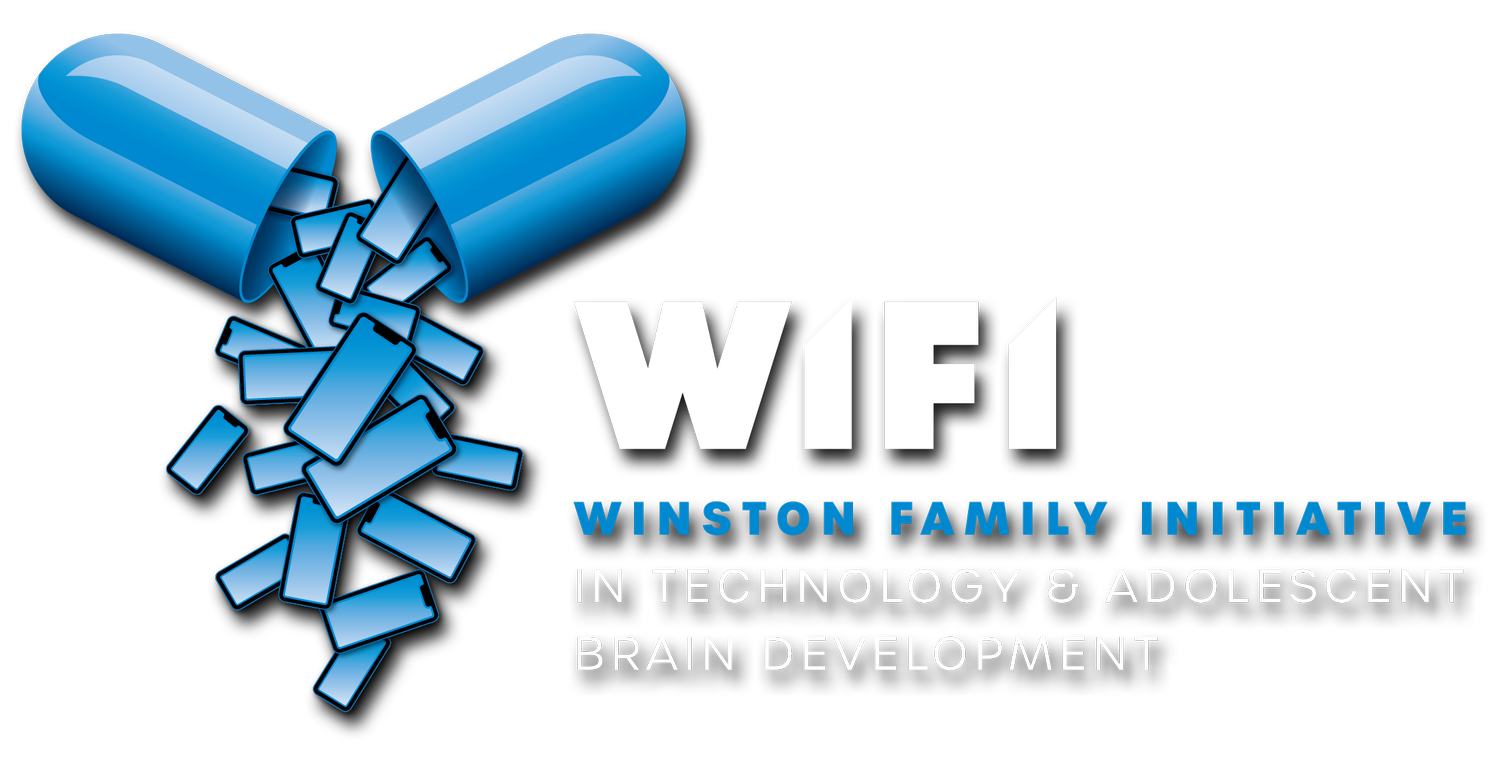
Grades 3-5 Curriculum
Our free curriculum about how adolescents’ brain development affects their technology use and well-being was developed in a partnership between UNC researchers and middle school educator Kelley Brill. It meets National Health Education Standards.
